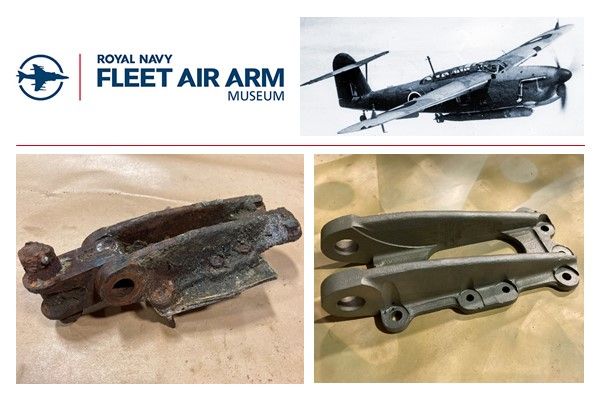Back in the 1940s, the Fairey Barracuda was a true workhorse of the skies. These British carrier-borne bombers flew daring missions against the German battleship Tirpitz, supported the invasion of Italy, and patrolled across the Atlantic, Mediterranean and Pacific.
And yet, not a single complete Barracuda made it through to the present day.
Until now.
At the Fleet Air Arm Museum, a dedicated team has set themselves the challenge of bringing one back to life. The task is nothing short of extraordinary: to rebuild an aircraft from wreckage gathered at multiple crash sites. Some parts lay at the bottom of the Solent for decades, others were dragged from a bog in Northern Ireland. It’s like tackling the hardest jigsaw puzzle in the world - with half the pieces missing and the rest barely recognisable.
This is where wet blasting comes in.
Using a Vapormatt Puma wet blasting machine, the museum team has been able to clean and revive each corroded component, carefully stripping away the damage of time while preserving the integrity of the metal beneath.
These aren’t just parts. They’re fragments of history - each one refusing to die.
Piece by piece, the Barracuda is returning. And before long, visitors to Yeovilton will be able to stand in front of an aircraft that hasn’t been seen complete for over 70 years.
Learn more about the applications and advantages of wet blasting for aerospace MRO























